The Gigabyte UD1000GM PG5 1000W PSU Review: Prelude to ATX 3.0
by E. Fylladitakis on June 23, 2022 8:00 AM EST- Posted in
- Cases/Cooling/PSUs
- PSUs
- Gigabyte
- 1000W
- 80Plus Gold
- ATX v3.0
- 12VHPWR
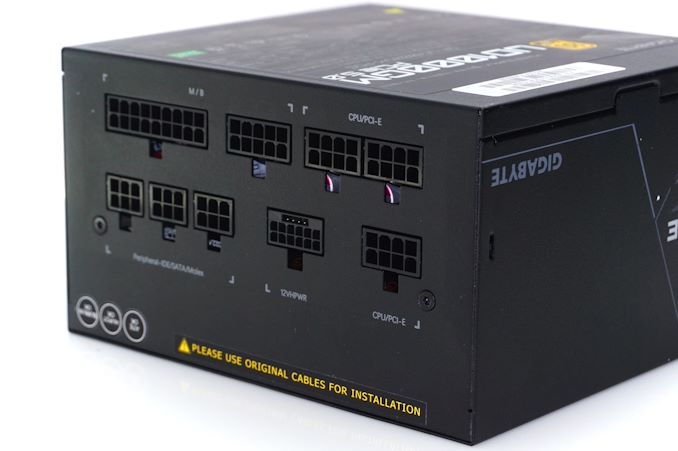
GIGABYTE is a company renowned for its extensive range of motherboards and graphics cards, myriads of which passed through our testing labs. Regardless, the massive volumes at which GIGABYTE is producing motherboards and graphics cards has not keep the company from making diversification efforts towards virtually every segment of the PC market, ranging from laptops and mini PCs to gaming keyboards and chairs.
GIGABYTE is not a stranger in the power and cooling business, shyly marketing their first few PC PSUs over fifteen years ago. The company’s PSU releases were few and far between, with GIGABYTE grabbing a little piece of the market share but never making a significant effort to overwhelm the competition.
In today’s review, we are having a look at the GIGABYTE UD1000GM PG5, a powerful 80Plus Gold certified PC PSU. What makes the UD1000GM PG5 stand out from the crowd is the new 12+4 pin connector (12VHPWR connector), which is required by the ATX 3.0 standard. GIGABYTE does not claim that the UD1000GM PG5 is ATX 3.0 compliant, but having the 12VHPWR connector allows for partial compatibility – and conceivably future-proofs the PSU against upcoming graphics card releases.
| Power specifications ( Rated @ 50 °C ) | |||||
| AC INPUT | 100 - 240 VAC, 50 - 60 Hz | ||||
| RAIL | +3.3V | +5V | +12V | +5Vsb | -12V |
| MAX OUTPUT | 25A | 25A | 83.3A | 3A | 0.3A |
| 125W | 1000W | 15W | 3.6W | ||
| TOTAL | 1000W | ||||
Packaging and Bundle
GIGABYTE supplies the UD1000GM PG5 in an aesthetically captivating but relatively small cardboard box, hinting at the compact dimensions of the PSU in relation to its power output. Inside the box, the PSU is encased inside thin packaging foam that offers partial protection from shipping damage.
There are virtually no items bundled alongside with the UD1000GM PG5, with GIGABYTE sticking to the absolute basics. Only four typical mounting screws and an AC power cable can be found inside the packaging.
The GIGABYTE UD1000GM PG5 1000W PSU is a fully modular design, allowing for the removal of every DC power cable, including the 24-pin ATX connector. Most of the cables are bare, ribbon-like, with black wires and black connectors. The only exception is the new PCIe 5.0 cable that is made of black wires and has black connectors but also has black sleeving covering it.
| GIGABYTE UD1000GM PG5 | ||
| Connector type | Hardwired | Modular |
| ATX 24 Pin | - | 1 |
| EPS 4+4 Pin | - | 2 |
| EPS 8 Pin | - | - |
| PCI-E 5.0 | - | 1 |
| PCI-E 8 Pin | - | 4 |
| SATA | - | 8 |
| Molex | - | 3 |
| Floppy | - | 1 |
The new PCIe 5.0 cable is the highlight of this PSU. This connector is required by the new ATX 3.0 standard for any PC PSU that has an output greater than 450 Watts. Of course, the connector alone does not make the UD1000GM PG5 ATX 3.0 compliant, as the new standard brings numerous and significant changes to the market. However, it would help the UD1000GM PG5 to last longer.
Physically, these 16-pin connectors are not significantly larger than legacy 6/8-pin PCIe connectors, but they feature twelve pins plus four sensing pins. Out of the four sensing pins, two are mandatory and two are optional. The mandatory pins signal to the PCIe card the maximum power that the connector can handle, allowing the card to regulate its power draw. That makes the use of adapters on older PSUs tricky, as there is no way for the PSU to signal the card and their cables cannot handle a high current draw, so the preset output cannot be anywhere near 600 Watts. The only window for safely using adapters limits a passive adapter’s output to the minimum allowed by the new standard (150 Watts) or will require active adapters with multiple legacy connector inputs.
These new 12VHPWR connectors can deliver up to 600 Watts each. Depending on the PSU’s capability, the maximum wattage that it can provide is printed on the connector itself. The connector of the UD1000GM PG5 states that it can handle 600 Watts continuous, which is the maximum dictated by the ATX 3.0 standard.
The GIGABYTE UD1000GM PG5 1000W PSU
External Appearance
The GIGABYTE UD1000GM PG5 PSU is very compact for a 1 kW unit. Measuring just 86 mm × 150 mm × 140 mm (H × W × D), the UD1000GM PG5 manages to fully comply with ATX standard dimensional specifications, making it compatible with virtually any ATX-compliant case. The steel chassis is sprayed with a satin black paint and several parts of it have been embossed to create a futuristic design. The fan’s finger guard also is part of the chassis itself.
GIGABYTE moved the sticker with the unit’s certifications and specifications at the top of the chassis, leaving the sides to feature an artistic design. The sticker is facing sideways, with the designer clearly thinking that this orientation would make reading it from a windowed side panel easier.
A typical on/off switch can be seen at the rear side of the unit, beside the power connector. There is evidence that a sticker was (or should have been) right under the power connector but we found nothing there. Most of the front side is covered by the connectors for the modular cables, with GIGABYTE strongly insisting that users should use only the provided cables for this PSU.
Internal Design
GIGABYTE entrusted the cooling of the UD1200GM PG5 to Jamicon, a sister company of the better-known Teapo. The Taiwanese fan manufacturer is not popular amongst PSU designers but their products are considered to be of above-average quality. The KF1225H1H 120 mm fan inside the UD1200GM PG5 is a rather basic model, with a rifle-bearing engine. This fan feels like an odd choice for a PSU with a 10-year long warranty and can incite a lot of RMA requests after that many years.
Both the OEM and the platform of the GIGABYTE UD1200GM PG5 are completely new to us. GIGABYTE entrusted the manufacturing of this PSU to Xiamen Metrotec Electronic Industry Co (or MEIC), a Chinese OEM whose products we have not seen before. Having been around since 2007, MEIC is not a new company but they have been mostly active with producing smaller products, such as chargers and power banks.
The filtering stage of the GIGABYTE UD1200GM PG5 is textbook, with a total of four Y capacitors, two X capacitors, and two filtering inductors leading to a dual input rectifying bridge configuration. The bridges are placed on a sizable heatsink. The passive APFC components are a colossal 400V/1000μF APFC capacitor made by Nippon Chemi-Con and an equally massive filtering coil. The inrush current of this configuration will be horrendous and can lead to circuit breaker tripping if Type B MCBs or low-rating MCBs are in use. The active APFC components are on a long heatsink right across the edge of the PCB.
Two transistors form a typical half-bridge inversion topology at the primary side of the unit, while six MOSFETs generate the 12V line at the secondary side of the transformer. The 3.3V and 5V lines are generated via the DC-to-DC conversion circuits. This is a very typical configuration for an 80Plus Gold certified unit. All of the secondary capacitors, electrolytic and polymer alike, are provided by Teapo and Lelon, both Taiwanese manufacturers. Teapo is a manufacturer we frequently see the products of in mid-tier products. Lelon is not as known as Teapo but their products are of about equal quality. Regardless, enthusiasts would probably hope to find something better inside a high-tier PSU with such a long warranty.


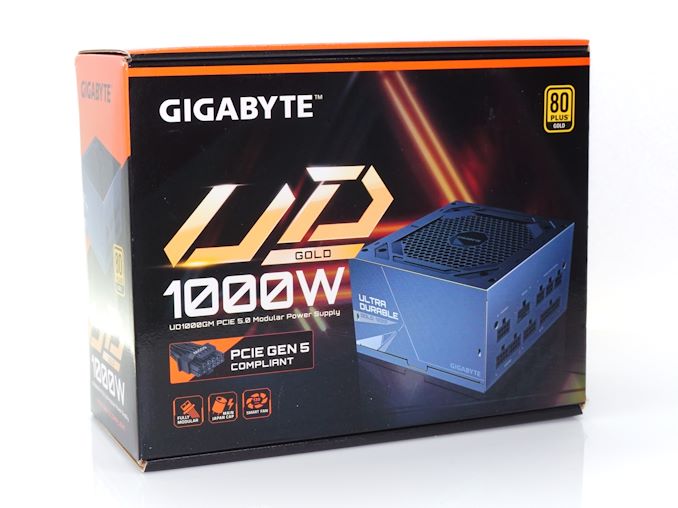
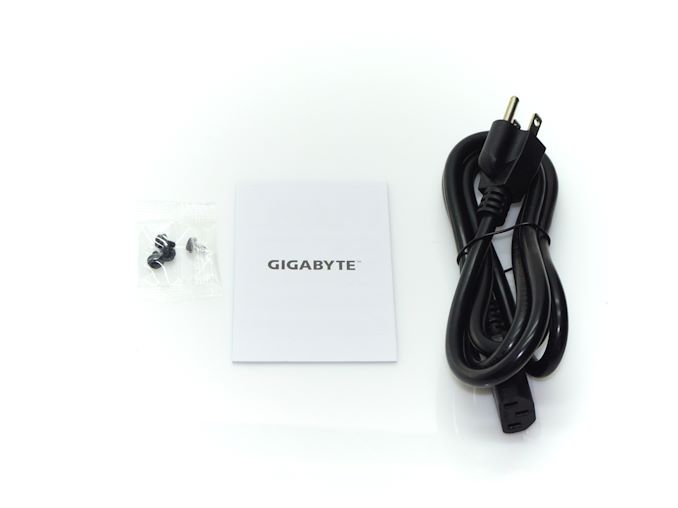
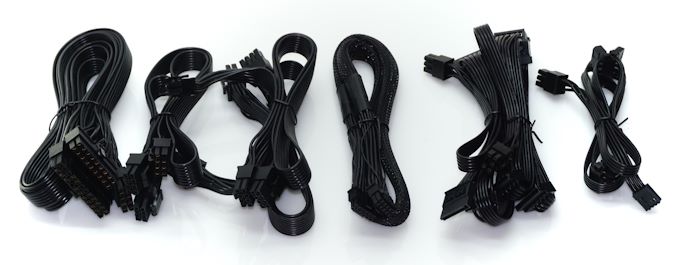
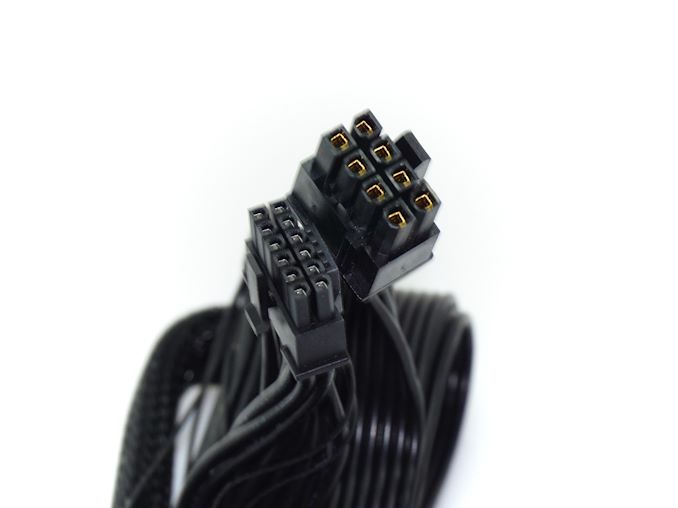
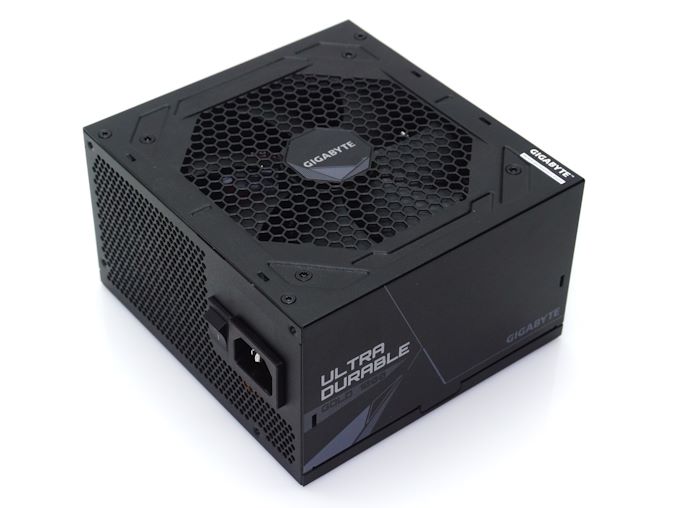
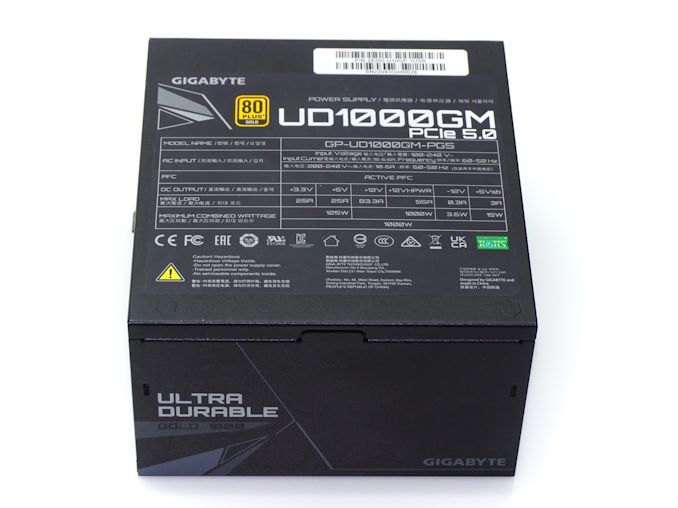
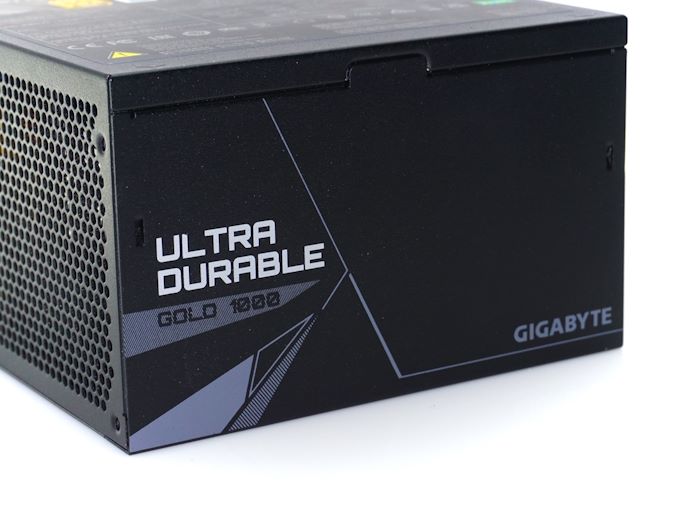
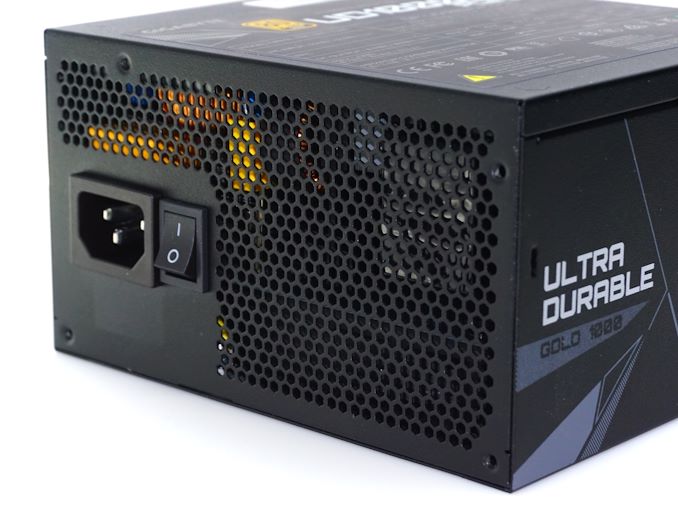
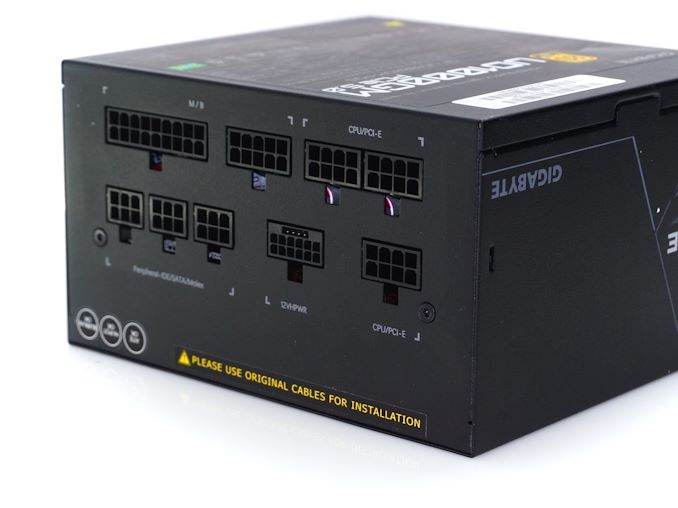
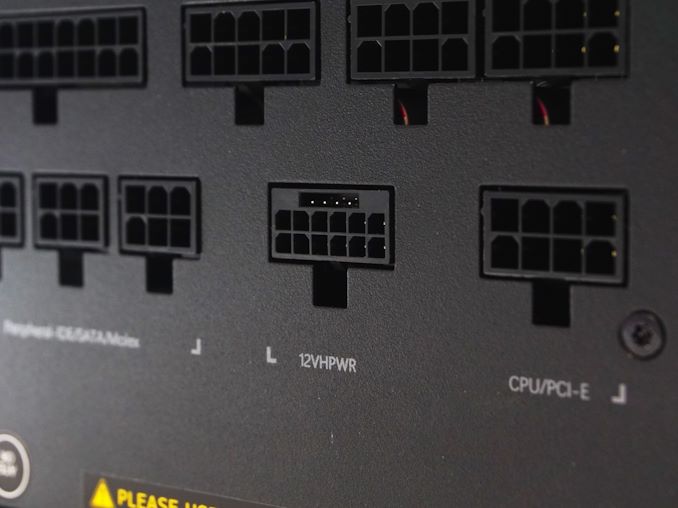
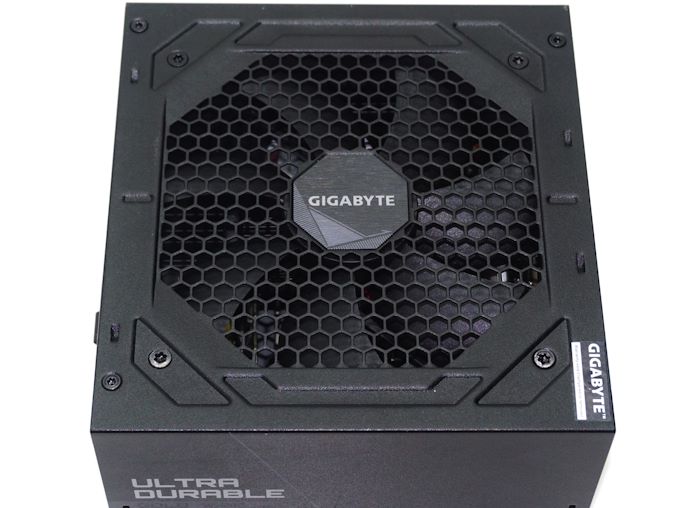
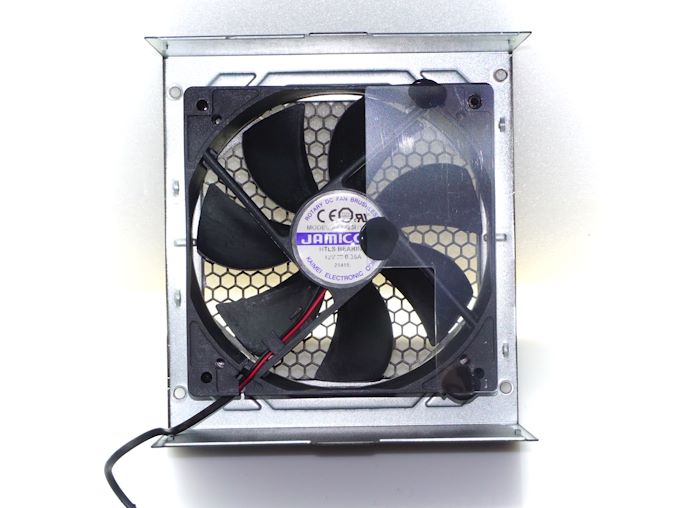
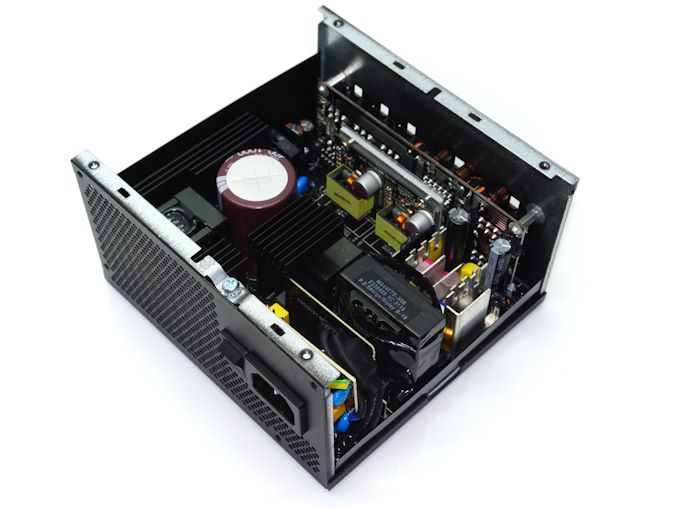
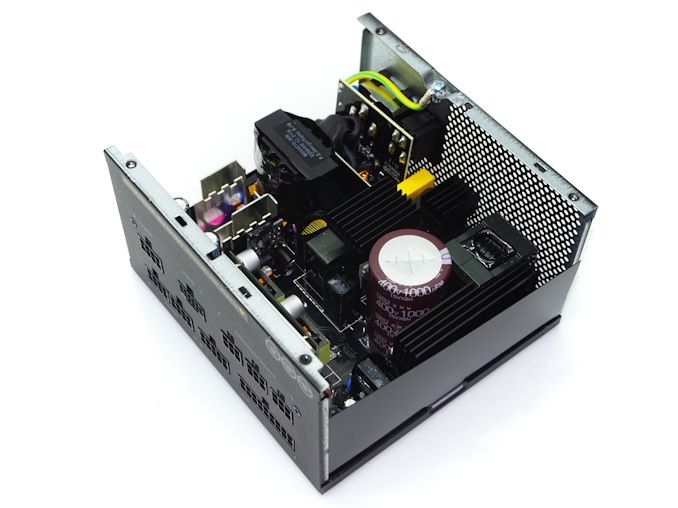
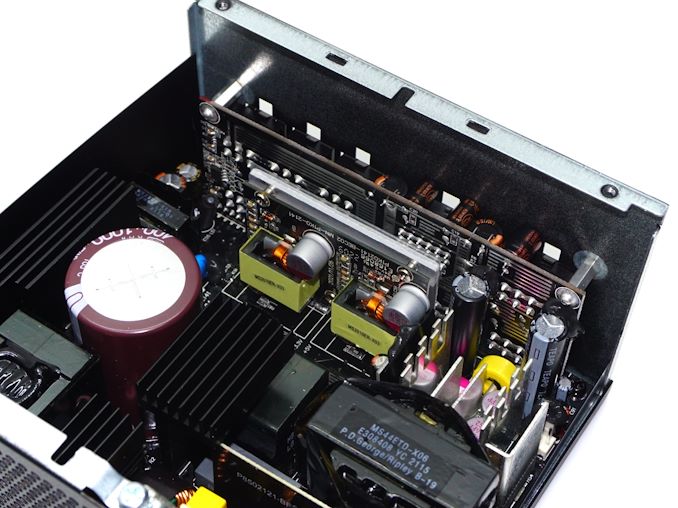
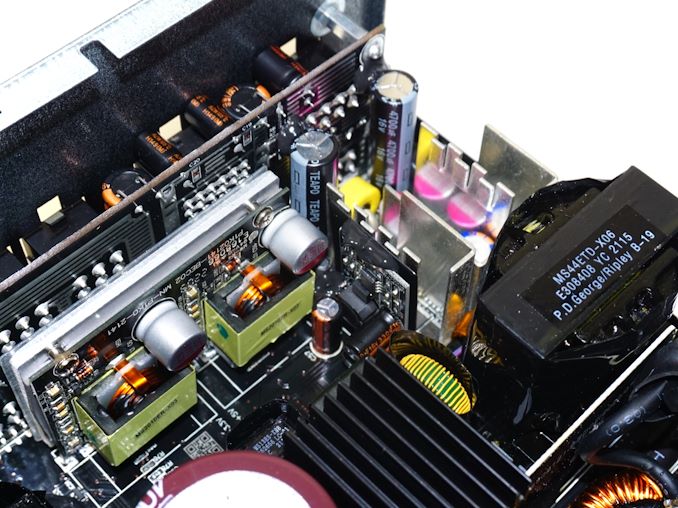








49 Comments
View All Comments
mode_13h - Monday, July 4, 2022 - link
> renewable sources as substitute of traditional coal/gas/nuclear powerplants> are just a dream of people who don't undrstand physics.
> We in Europe can see it for example in Germany.
In much of Germany, you should be able to get about 200 kWh/m^2 per year from solar. My personal electricity usage is 235 - 370 kWh per month. So, that means I'd just need about 22 m^2 of solar panels to average net zero consumption. However, I still have gas for cooking and heating, so that would need to be factored as well.
> You need to understand that not every country have sunshine like on Sahara,
You import virtually all of your oil and gas. Why should renewable energy be so different? Whatever you can't generate in-country, you could import in the form of hydrogen or perhaps some chemical form that can reuse some of the existing oil and gas infrastructure.
andychow - Tuesday, June 28, 2022 - link
H3 fusion, or any type of fusion, will never occur on earth. The high energy particles they release are just unstoppable and cause too much damage.Maybe we could do H3 fusion on the dark side of the moon, then send it back too earth by radio waves with a huge receptor that goes around the earth, but I seriously doubt that could happen this millennia.
niva - Wednesday, June 29, 2022 - link
Wrong.Firs of, when you type H3 are you talking about Tritium or Helium 3? What are these high energy particles you're talking about. You can look up fusion reactions and see that there are no exotic high energy particles that we cannot contain (like the type of particles you see in cosmic rays). This is true for all viable fusion reactions.
We have done fusion reactions on Earth, and we're getting closer to doing them for less energy than what the actual reaction outputs. This has been the main challenge which has thusfar prevented fusion from taking off... meaning, right now, we usually have to feed more energy into fusion reactors to start and maintain fusion, than the reactors can output.
Some entities have claimed success on those fronts recently too. Our main challenges going forward in terms of fusion is to better optimize the reactors, and to secure enough fuel.
The idea of beaming energy back to Earth from space is a neat one, until you microwave the entire surface of the planet by "accident".
mode_13h - Monday, July 4, 2022 - link
> The idea of beaming energy back to Earth from space is a neat oneIt's not a new idea. People have long talked about putting solar power stations in orbit and beaming down the power via microwaves. If you make the collector large enough, you can make it relatively safe for humans.
> until you microwave the entire surface of the planet by "accident".
Obviously, the larger the area, the lower the energy density. So, the concern wouldn't be "the entire surface", but rather cooking a city block... if one were dumb enough to use such a narrow beam.
mode_13h - Monday, July 4, 2022 - link
> Our long term plan for the planet shouldn't really involve worrying about 600W GPUs.It's not just top-end gaming GPUs, but a general trend that seems to be happening with GPUs and CPUs.
mode_13h - Monday, July 4, 2022 - link
> If GPUs ran on coal I'd be worriedSo much of worldwide power generation is indeed from coal or oil. Even gas isn't much better, depending on how much of it leaks during extraction and transportation.
RSAUser - Wednesday, June 29, 2022 - link
I'm still wondering if California will step in and put a max allowed for a consumer GPU.Also interested if this argument will matter when more and more move to renewable where it won't really matter outside of peak power usage.
mode_13h - Monday, July 4, 2022 - link
I feel like California's electricity prices are already high enough they don't need to.Tunnah - Thursday, June 23, 2022 - link
Gigabyte PSUs are radioactive. I can't imagine ANY enthusiast would risk buying them considering the debacle they went through. Truly a toxic product line. There's just too many great alternatives to take a risk. It's very much the case of "not even if it was free"flyingpants265 - Thursday, June 23, 2022 - link
It was the job of sites like Anandtech to do what GamersNexus did with exhaustive/destructive testing. GN also explained the phony PSU stickers, I think they've done such on other products as well, exposing plenty of shady industry practices and defective products.What we really need (and needed all along) was a chart, rating ALL products by advertised performance, their durability, and the warranty service. Like, a 3-year warranty doesn't help you if a card fails over and over again even outside the warranty period. And if my PSU fails, no way am I using a replacement of the same model that failed.
As usual, some real thought & genuine effort put into anything would be nice...